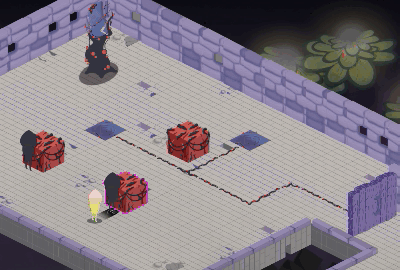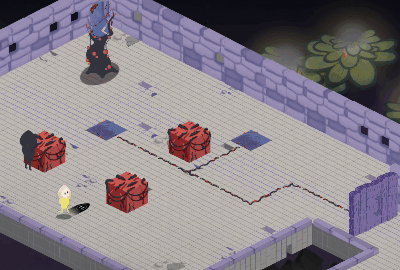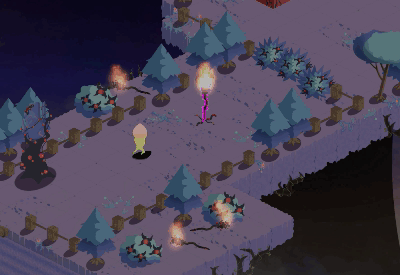CHAO-TING LEE
Game Designer

On Shadow Play, I worked as a Puzzle/Level Designer. My duties included:
-
Designed puzzles and layouts for all six levels.
-
Implemented these designs in engine with assets made by art department.
-
Created theme and visual guidances for levels and puzzles.
-
Pitched the core game mechanic of 'clone' during the ideation phase.
-
And more!
Genre: Isometric Puzzle Game
Team Size: 8
Platform: PC
-- Shawdow Play Trailor
Conceptualisation
During the ideation phase, I proposed the concept of allowing players to generate their own clones to interact with scene objects, facilitating puzzle-solving and aligning with the theme of 'synchronicity.' The team embraced the idea, making it the winning brief among the four teams. At the same time, I managed the design aspects, including usability, theme, and key scenes for the levels.

-- Demonstrating how players' clones assist in progression

-- Initial design of themes, key moments, and pathways for levels
Crafting the Puzzle Experience Vision
I aimed to create an experience where players feel a sense of surprise as they solve puzzles. Each element initially appears unrelated, but ultimately they come together seamlessly, like a well-orchestrated symphony, delivering a satisfying experience for players. The example below illustrates the first challenging puzzle: at first, it seems impossible to keep both boxes on the pressure plates to open the gate. However, players must cleverly use a third box to hold one in place and progress.

-- Common initial player attempt

-- After understanding that boxes can block each other
Adjustments for a Smoother Learning Curve
While we received positive feedback on the puzzles, I observed that some players still struggled and occasionally got stuck. To improve the learning process and make it more accessible, I designed new introductory puzzles. Each puzzle was crafted to teach a single concept before players progressed to more advanced challenges.

-- Added a puzzle where boxes block each other to progress

-- Isolated torches removed bushes in an earlier puzzle, allowing players to integrate both acquired and new knowledge
Supporting Puzzle Solving Through Level Design
Additionally, I aimed to help players engage with the game through visual indicators. To achieve this, I incorporated environmental hints to introduce key concepts before players encountered new puzzle types, along with visual guidelines for puzzle elements and more.


-- Pressure plate linked to an open door (left) and boxes that can be stood on (right) serve as hints for upcoming puzzles

-- Guideline on the ground indicating which element will be activated
-- Door frame as a visual cue separating two puzzles
Red Herrings and Unconventional Solutions
During later development, I refined the gameplay by introducing red herrings and addressing unintended puzzle solutions. The red herrings were not meant to add complexity but to prevent accidental solutions that could disrupt the intended puzzle experience.

-- The leftmost box is a red herring, placed to block the path to the gate. Its purpose is to encourage players to think carefully before using all available elements

-- Without using the leftmost box